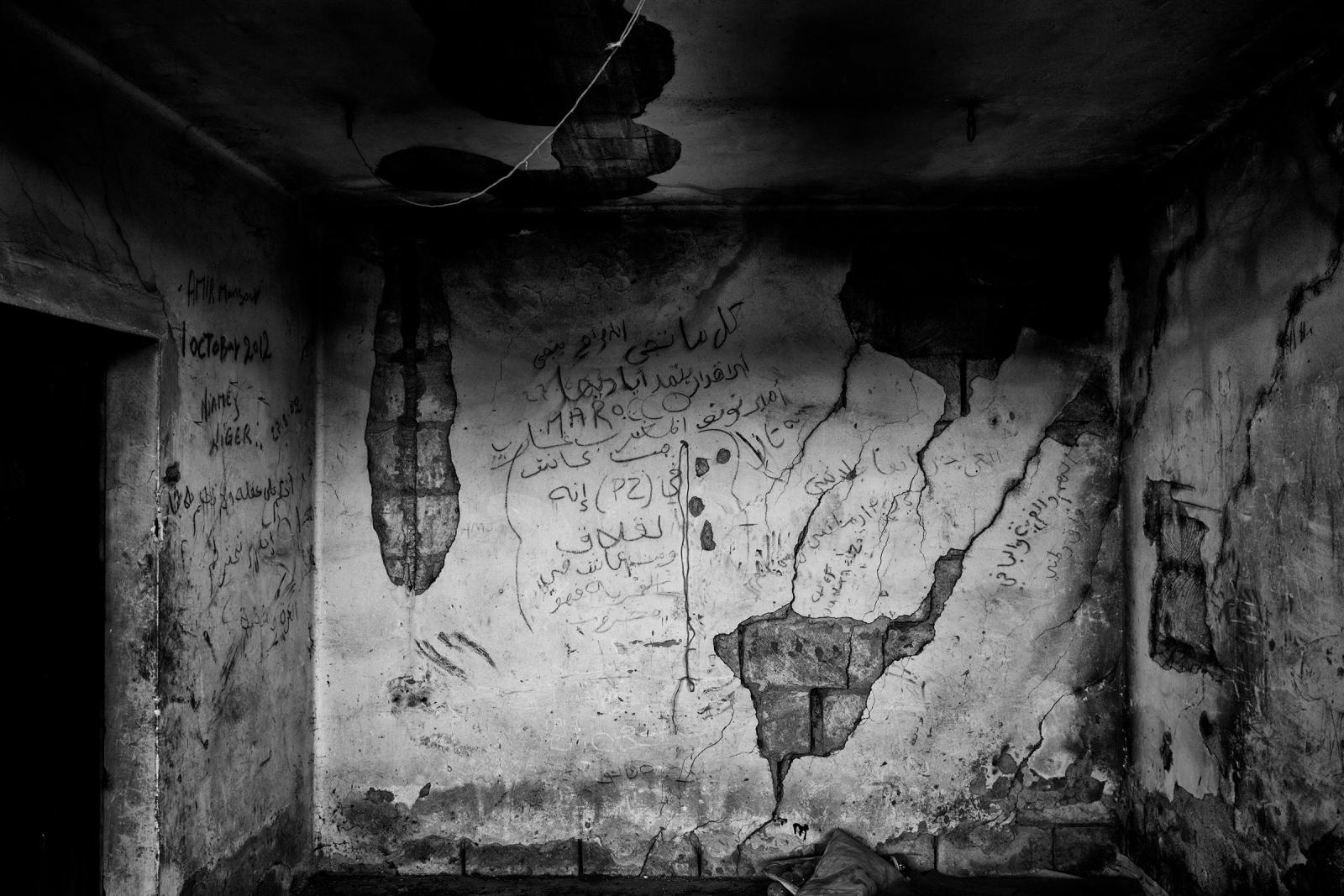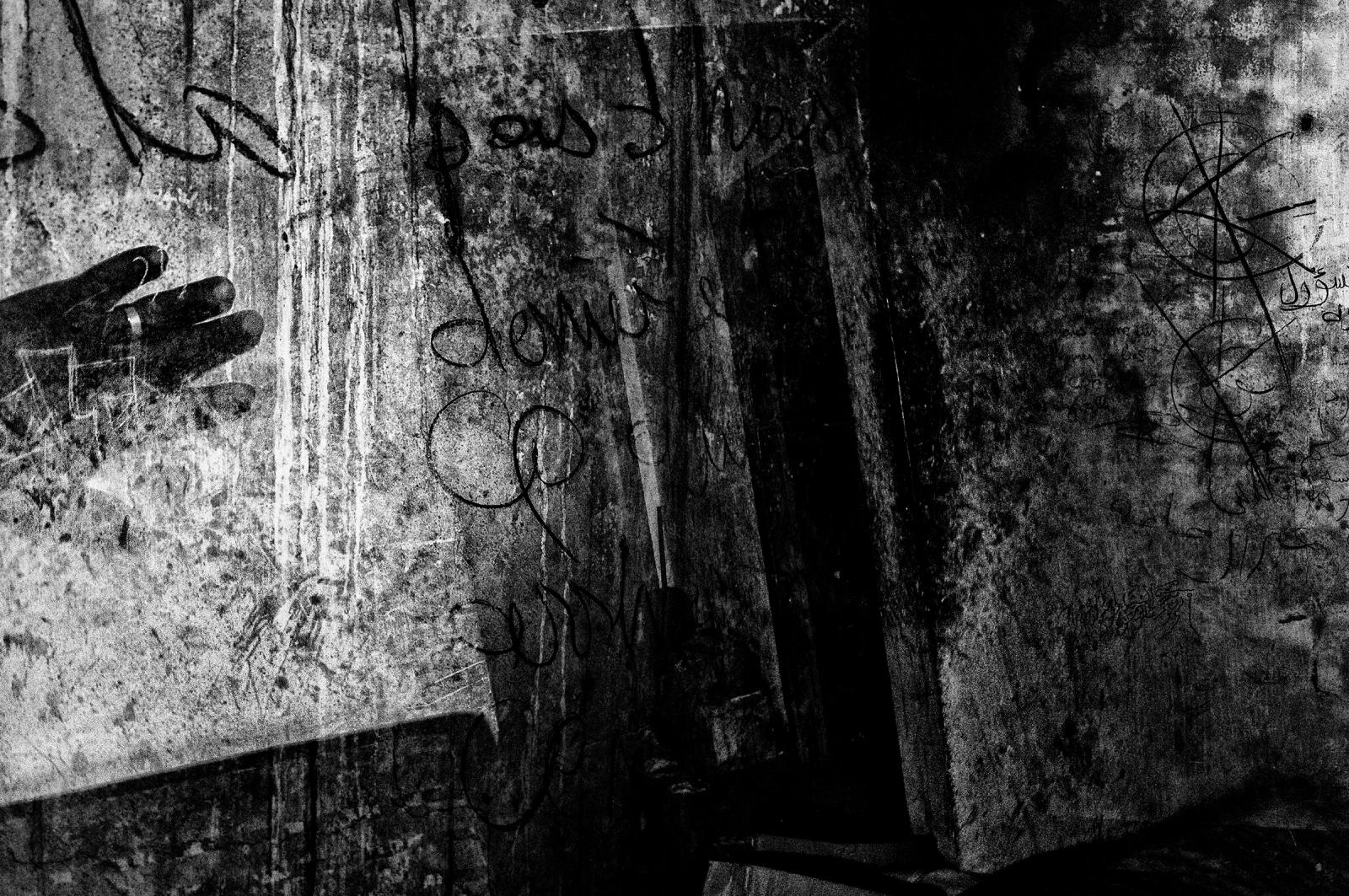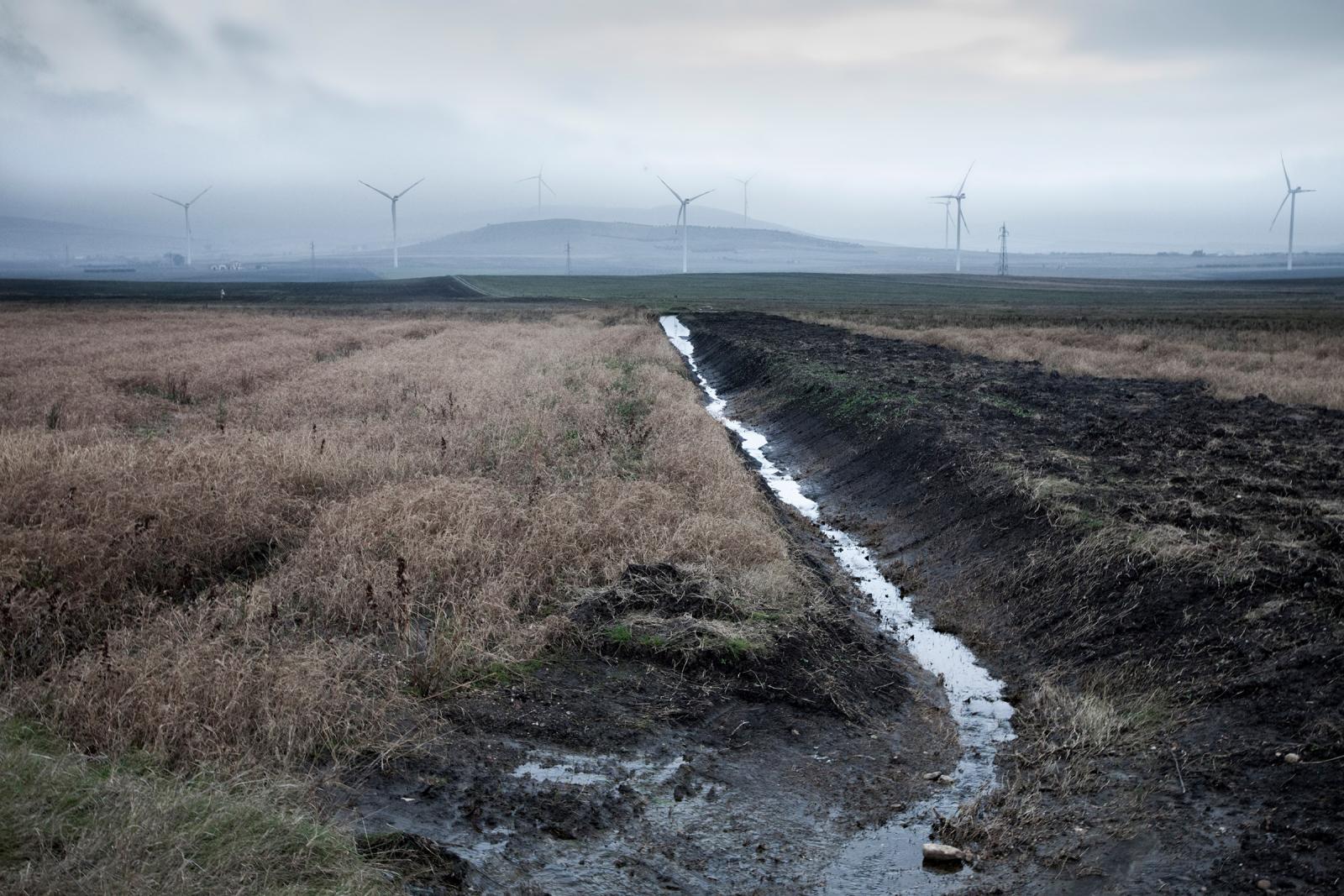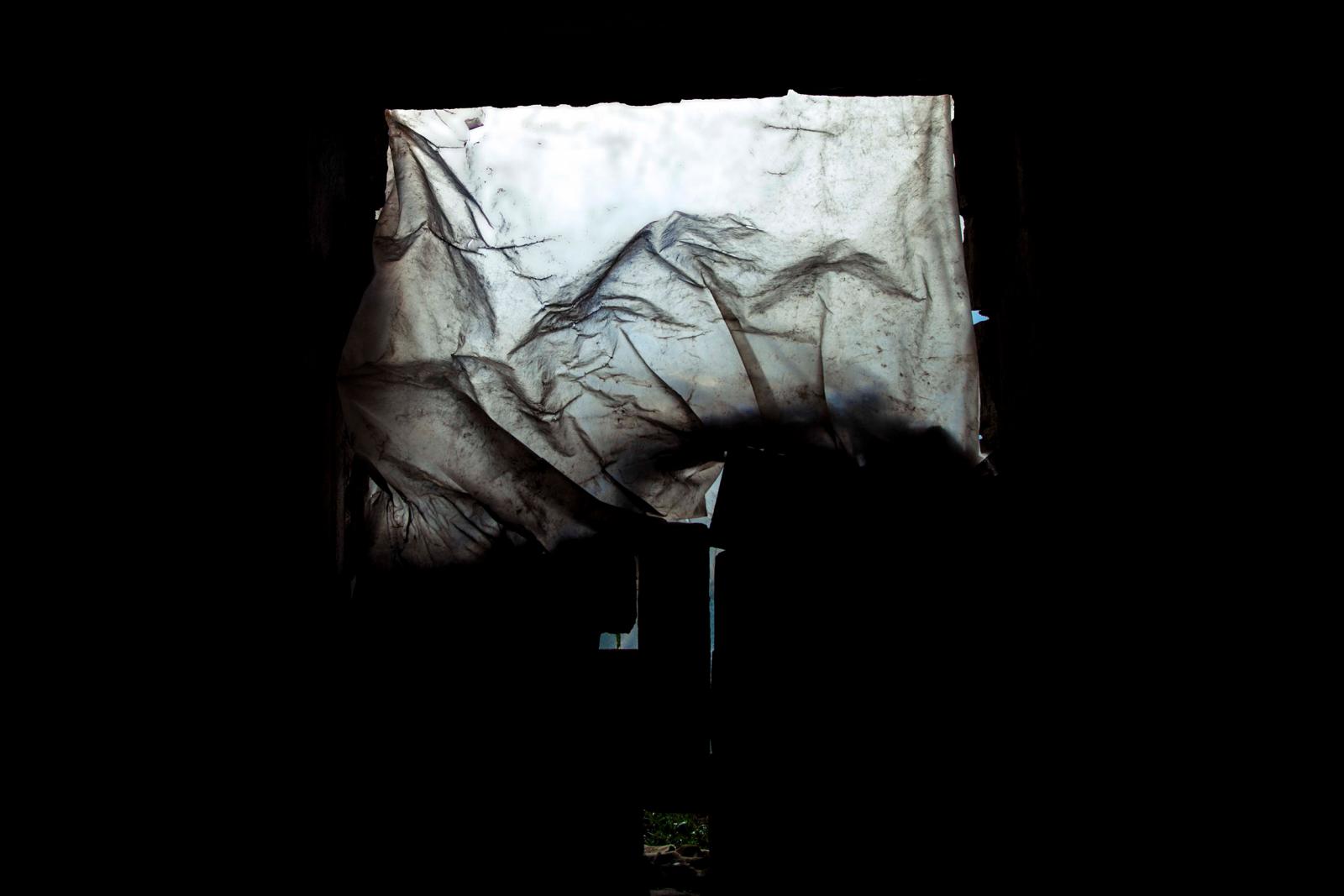Dis-locations
One specific settlement where migrant workers have returned is located in the vicinity of Palazzo San Gervasio. For ten years, this abandoned warehouse has been doing service as an autonomously operated migrant labour setlement. Sudanese and Burkinabe’ workers lived there side by side, independently organizing shelter, food, water and transport to the different labouring sites.
But in 2009 things got rough. In the complete absence of state support for health, services and accommodation, rising competition for these services escalated into an open battle, which lasted for a day: when some workers started asking a fee for heating the water they had fetched from a nearby source. The next year, he city council abruptly decided to block access to the site, officially for reasons of public security –forcing workers to find alternative accommodation.
After the site was blocked, a group of workers nonetheless tried to slip through the fence, illegally occupying the building. As two of them recall:

I: We entered because we had nowhere else to go. Since the moment I live in Palazzo me [the] problem is, we did not want to go to the ghetto. But local owners did not want to give us a home.
P: They did not want strangers .. They did not want blacks ...
I: We offered several times to rent houses, but he said no ... that we could not pay the house.
P: Well, in fact people talk to each other here. But when you go to ask for houses, there is no house. We were not told directly … but we felt ... because they said we are unable to pay ... At the same time we see Romanians, Albanians, they yes, but we do not ...
I: We had no choice, we had to live in the abandoned houses. It was that or nothing.
At the end of 2010, a joint security force descended upon the reception center, forcefully evicting the 30 inhabitants who were occupying the site. While most workers were immediately released, some of them decided to resettle to the abandoned farmhouses on the Puglia-Basilicata boundary, in the area around Spinazzola.
One group of workers then found refuge in a cave in the vicinity of Palazzo San Gervasio. They call it Grotta Paradiso, after a short visit by the bishop of Venosa, who denounced the dire living conditions of the site.

Haphazardly throwing some matrasses on the floor, immigrant workers covered themselves with the polisternine boxes used for the transport of tomato plants.
The place is lurid, cluttered with litter. There are no toilets, no showers, no sheets and no cooking fires. To find water, the workers descend towards a nearby fountain, which is immediately cut off by the owner. With the Winter approaching, some workers go to town to ask once more for accommodation; but once again, their cry for help falls on deaf ears.

Thanks to a the help of a small minority of volunteers, they are only rescued at the last minute.
With the first snowflakes falling, the last inhabitant of Grotta Paradiso finally finds a lift to town, where he becomes the first permanent African resident of the town.

The politics of migrant refoulement in Basilicata and Puglia has effectively contributed to a segregated market for manual agricultural labour that operates fully in favour of Italian and African labour gangmasters and to the detriment of African resident workers. During the early days of the Mediterranean migration crisis, the active dispersal of migrant workers has consolidated a network of ethnic enclaves on which Italian gangmasters tighten their grip. Every year, Ghanese, Malian, Sudanese and Burkinabe workers return to their habitual settlements situated along the same regional boundary line. From these settlements, the caporali hierarchy continues to function as the central organization of a capillary system that actively mediates labour, production and capital in this expanding local agricultural industry.
Though groups of workers acquire the relative autonomy to organize within a singular social space, the logistics of labour mediation crystallizes around the infrastructure of the migrant ‘ghettos’. In these places, economic and social interaction continues to conglomerate around a strictly organized, Italian dominated distributive network that works in close complicity with local employers as well as a closed circle of public authorities.

The only two official migrant reception centers in in this area perform the unique task of legitimizing the securitization of migrant flows through purely logistical means. Neither national legislative measures nor the deliberate eviction of migrant habitats in the district have had the effect of destroying the caporali hierarchy. In contrast, migrant workers continue to live their segregated lives: in makeshift camps, ghettos and abandoned ruins –which nonethelss do contain the traces of their recurring, though impermanent settlement.


